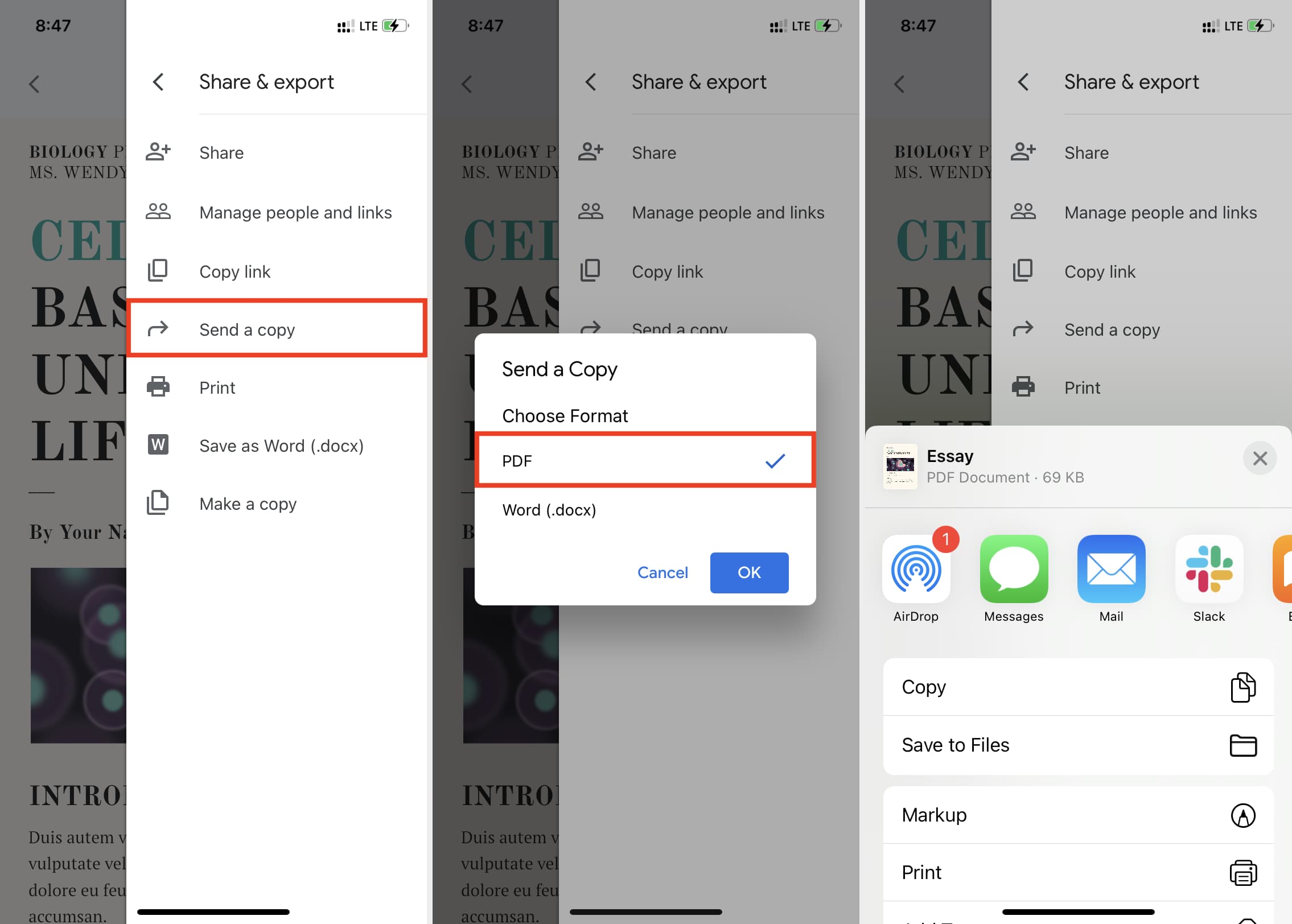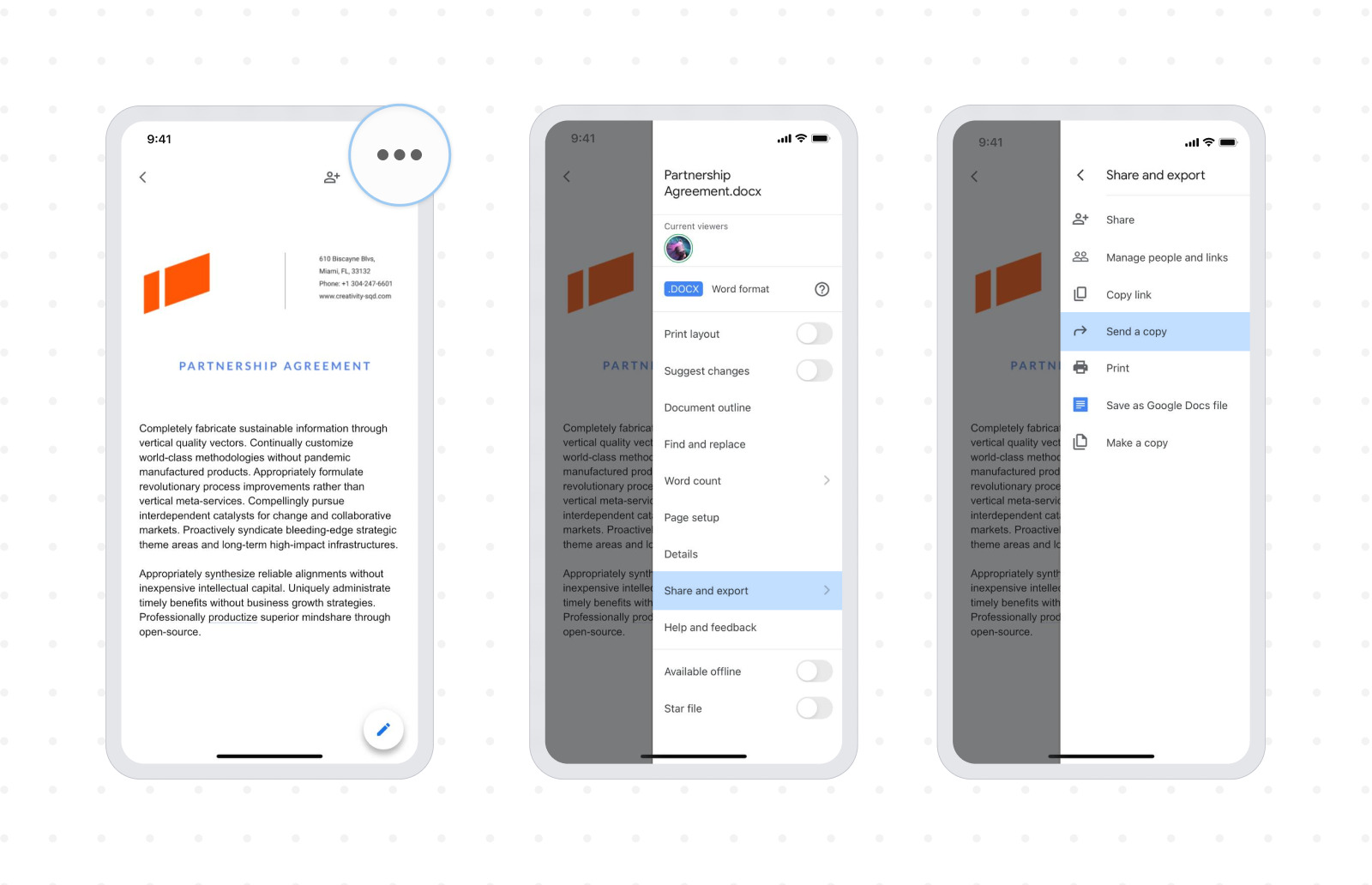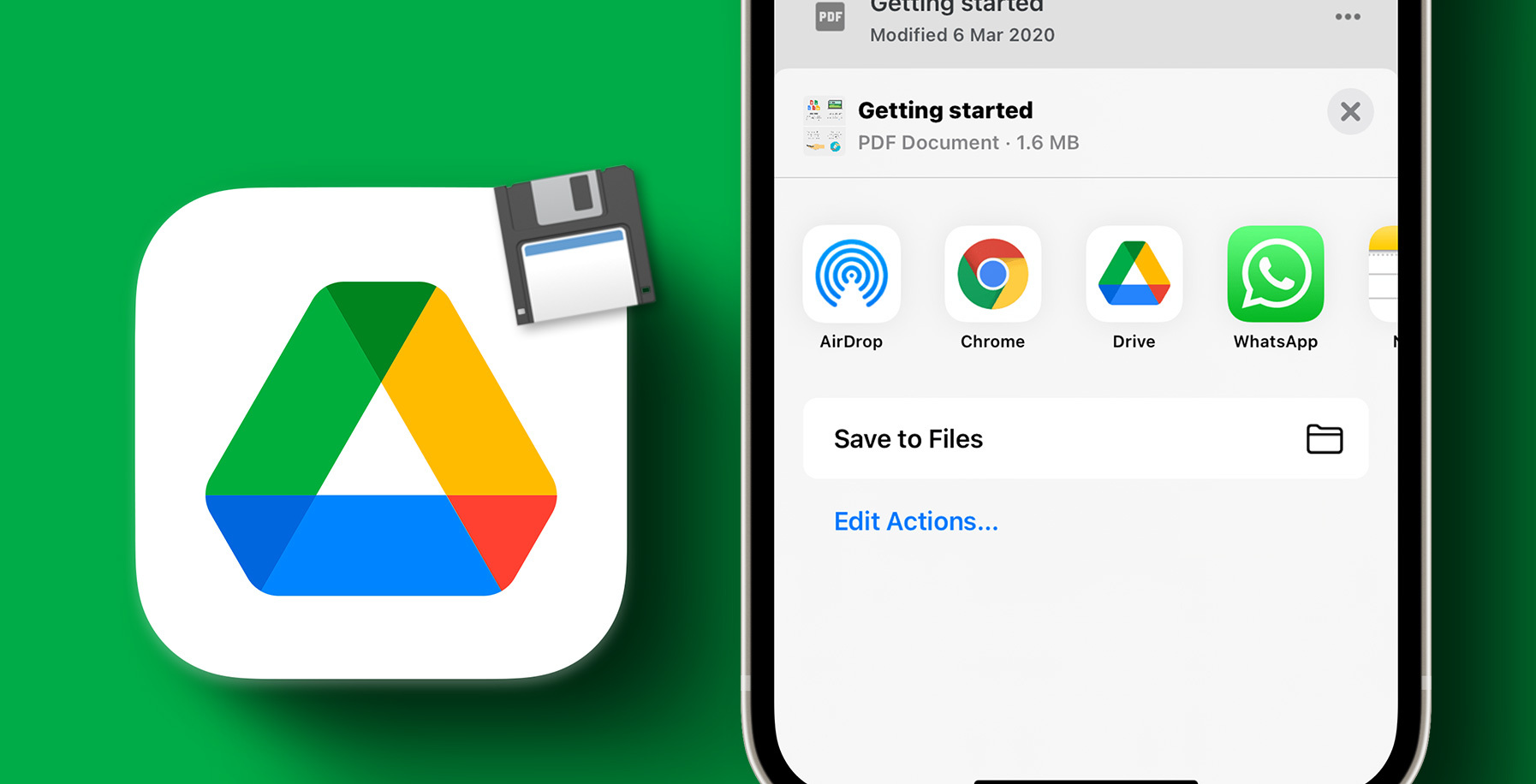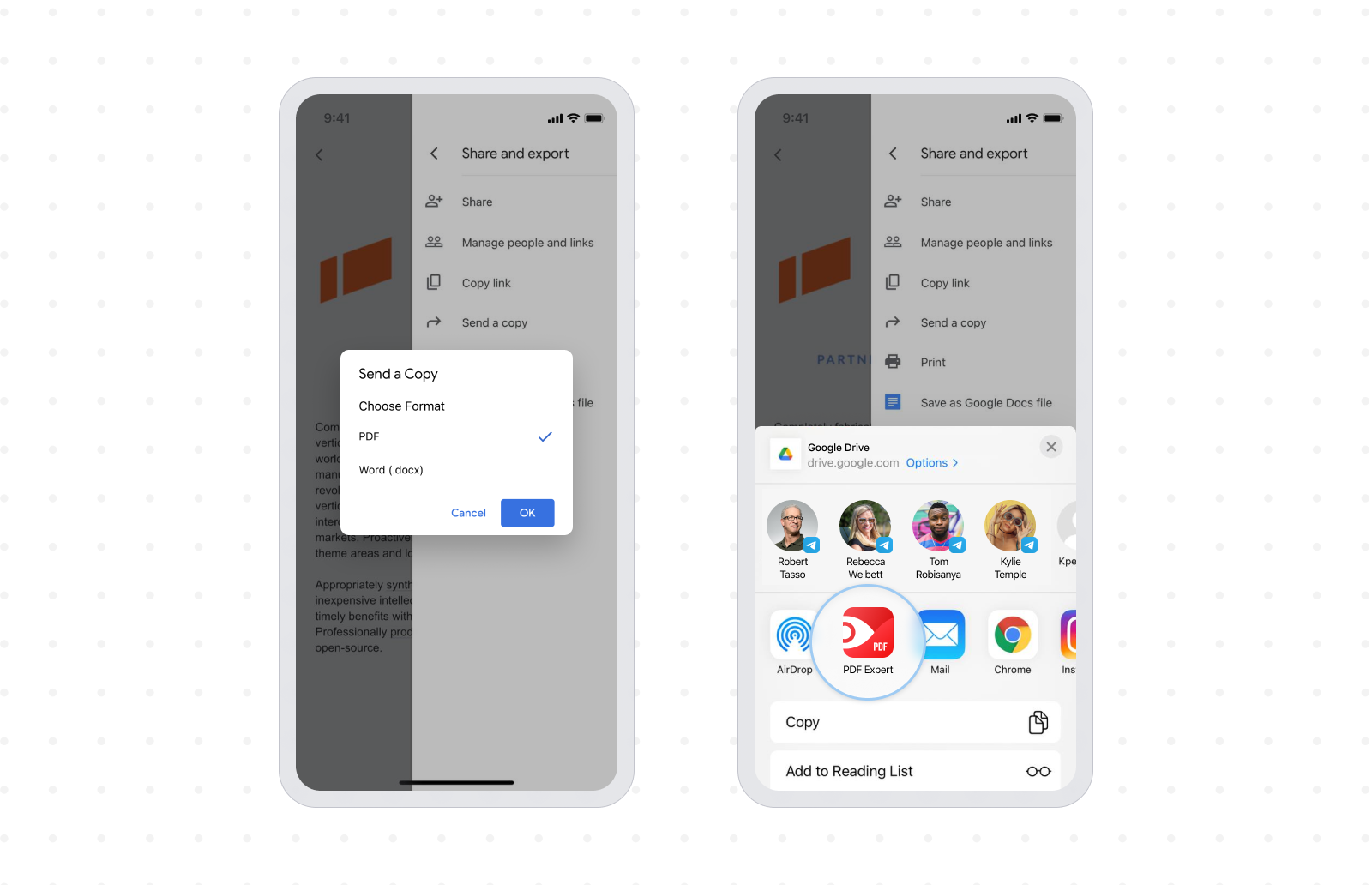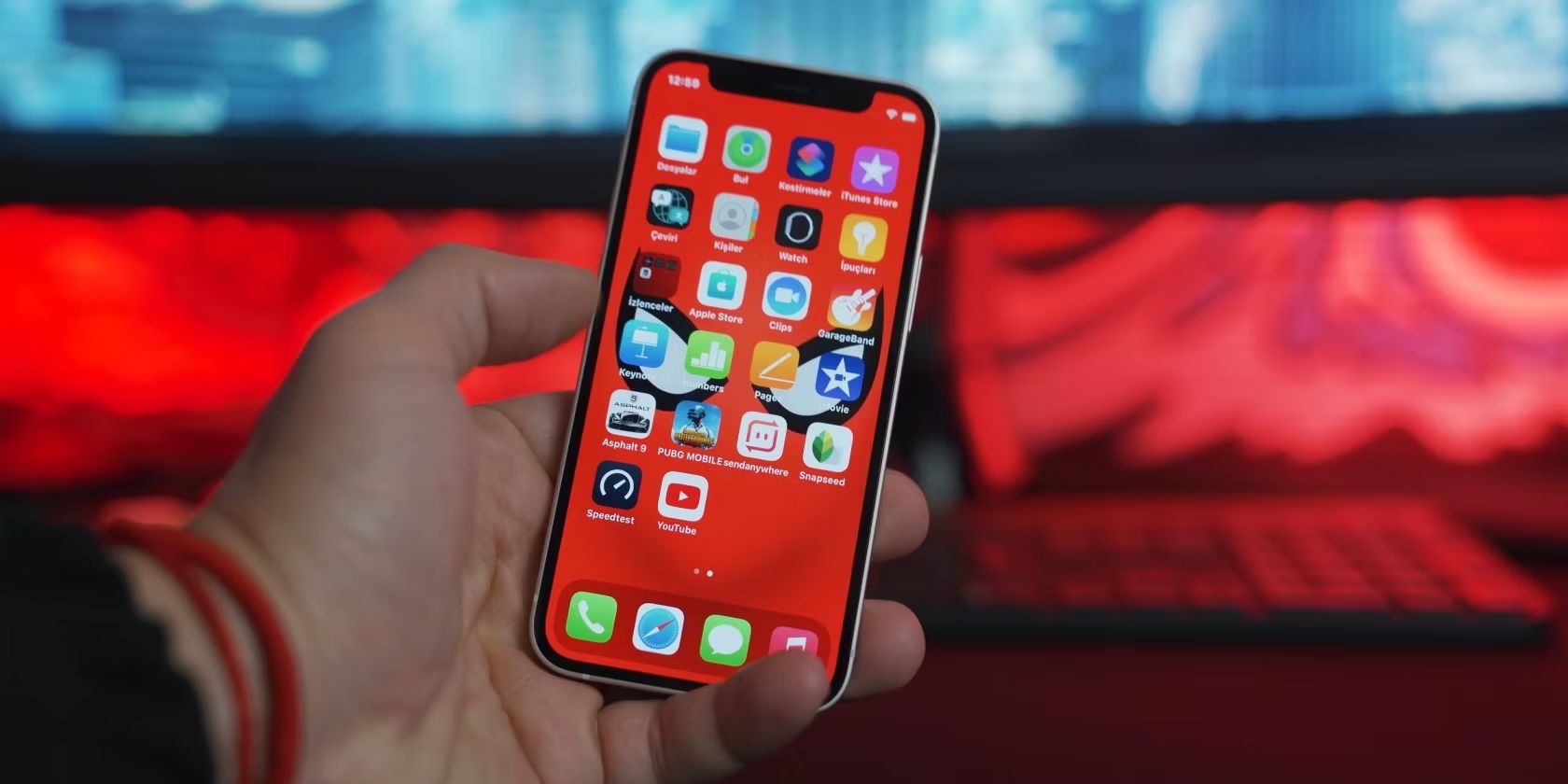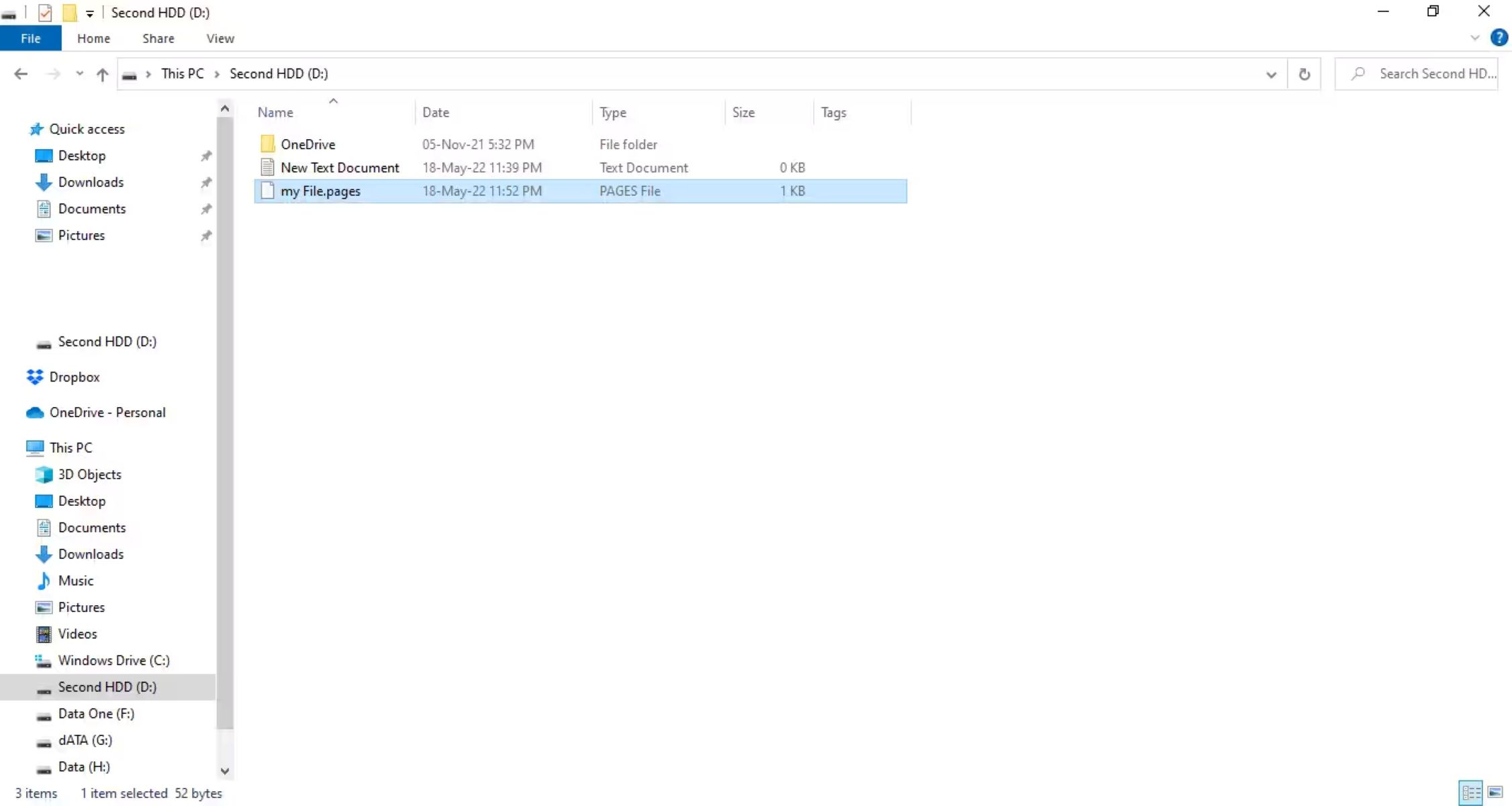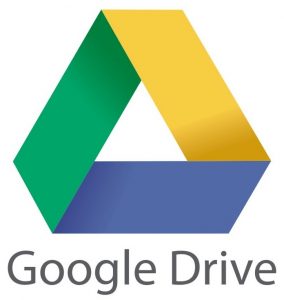Introduction
Welcome to the world of digital documentation! As the reliance on paper gradually diminishes, more and more people are turning to online tools like Google Docs for creating, editing, and sharing documents. Google Docs offers a convenient way to collaborate on projects and access files from any device with an internet connection.
If you’re an iPhone user and wondering how to download a Google Doc file on your device, you’ve come to the right place. In this guide, we’ll walk you through the step-by-step process of downloading a Google Doc file on your iPhone, so you can access it even when offline or share it with others using different apps.
Downloading a Google Doc file on your iPhone is a straightforward process, and you don’t need any specialized technical knowledge to accomplish it. All you need is the Google Docs app installed on your iPhone and a few simple taps on your screen. So, let’s get started and learn how to download Google Doc files on your iPhone!
Before we dive into the steps, make sure you have downloaded and installed the Google Docs app from the App Store. If you haven’t, head to the App Store, search for “Google Docs,” and hit the “Install” button. Once the app is installed, open it, and sign in to your Google account to access your documents.
Step 1: Open the Google Docs app
The first step to download a Google Doc file on your iPhone is to open the Google Docs app. Look for the app icon on your home screen and tap on it to launch the application. If you cannot find the app on your home screen, you can use the search function by swiping down on the home screen and typing “Google Docs” into the search bar.
Once you have found the Google Docs app, tap on it to open it. The app will load and take you to the main screen where you can see all your saved documents and folders. If you haven’t signed in to your Google account, you will be prompted to do so. Enter your email address and password to access your documents.
Once you are signed in, you will be taken to the main interface of the Google Docs app, where you can see a list of your documents. This is where you can browse and search for the specific document you want to download.
It’s worth noting that you can also use the search bar at the top of the screen to quickly find the document you are looking for. Simply tap on the search bar, enter the title or a keyword related to the document, and the app will display the relevant results.
Now that you have successfully opened the Google Docs app on your iPhone, you are ready to proceed to the next step and locate the file you want to download.
Step 2: Find the file you want to download
After launching the Google Docs app on your iPhone, the next step is to locate the specific file that you want to download. The app provides several ways to browse and search for your documents, making it easy to find the file you need.
On the main screen of the Google Docs app, you will see a list of your saved documents and folders. Scroll through the list to visually locate the file you wish to download. The files are displayed in chronological order, with the most recently modified documents at the top.
If you have a large number of files and are having trouble finding the desired document, you can use the search bar at the top of the screen. Simply tap on the search bar and enter the title or relevant keywords of the document you are looking for. The app will instantly filter the documents and display the ones that match your search criteria.
Additionally, if you have organized your files into folders, you can tap on the “Folder” button located at the bottom of the screen to access your folders. Browse through the folders to locate the desired document within the appropriate folder.
Another way to find your file is by utilizing the “Recent” section. Tap on the “Recent” tab at the bottom of the screen to view the most recently accessed documents. If the file you want to download was opened or modified recently, it may appear in this section, making it easier to find.
With the various methods available, you should have no trouble finding the file you want to download in the Google Docs app on your iPhone. Once you have located the file, you can proceed to the next step to initiate the download process.
Step 3: Tap the three-dot menu
Once you have found the file you want to download in the Google Docs app on your iPhone, the next step is to tap the three-dot menu to access additional options for the document. The three-dot menu contains various actions and settings related to the file, including the option to download it.
To access the three-dot menu, simply locate the document in the app and tap on the three-dot icon, typically located to the right or below the file name. Tapping on the three-dot menu will open a dropdown or popup menu that displays a list of available options.
In addition to the download option, the three-dot menu may include other actions such as sharing the document, making a copy, moving it to a different folder, renaming it, or deleting it. These options can be useful if you need to perform any additional actions on the file, but for now, we’ll focus on the download option.
It’s important to note that the specific layout and design of the three-dot menu may vary slightly depending on the version of the Google Docs app you are using and the iOS version on your iPhone. However, the download option should be easily identifiable within the menu.
By tapping the three-dot menu, you have accessed the additional options for the document. Now, let’s move on to the next step to learn how to proceed with downloading the file onto your iPhone.
Step 4: Select “Send a copy”
After accessing the three-dot menu for the desired document in the Google Docs app on your iPhone, the next step is to select the option “Send a copy.” This will initiate the process of preparing the document for download.
Within the three-dot menu, look for the “Send a copy” option. It may be located towards the top of the menu or within a submenu, depending on the app version and layout. Tap on this option to proceed.
By selecting “Send a copy,” you are essentially instructing the app to create a copy of the document that can be downloaded onto your iPhone. This copy will be saved in a format compatible with other apps on your device, allowing you to access the file even when you are offline or outside of the Google Docs app.
It’s worth noting that choosing “Send a copy” does not delete or affect the original document stored on your Google Drive. It simply generates a separate copy for offline use or sharing with other apps.
Once you have tapped on the “Send a copy” option, the Google Docs app will proceed to the next step, where you can select the file format for the download. This step is crucial as it determines the compatibility of the file with other apps and how it can be utilized on your iPhone. Let’s move on to the next step to understand this process.
Step 5: Choose the file format
After selecting the “Send a copy” option in the three-dot menu of the Google Docs app on your iPhone, the next step is to choose the file format for the download. The file format determines how the document will be saved and what applications can be used to access it on your device.
The Google Docs app offers several file format options for downloading your document. To select the desired file format, the app will present you with a list of available formats, such as:
- PDF (Portable Document Format): This format is widely used for sharing and viewing documents, with the added benefit of preserving the formatting and layout of the original file.
- Microsoft Word (.docx): If you prefer to work with the document in the Microsoft Word app, this format allows you to do so seamlessly. It retains most of the formatting and allows you to edit the document on your iPhone using the Word app.
- Plain text (.txt): This format strips away all formatting and converts the document into plain text. It is useful if you want to view the content without any distractions or if you plan to use the file in an app that only supports plain text.
- Rich Text Format (.rtf): This format preserves basic formatting, such as bold and italic text, font styles, and paragraph alignments. It is compatible with a wide range of text editing applications.
Select the file format that best suits your needs by tapping on it within the Google Docs app. Take into consideration the purpose of downloading the document and the applications you plan to use for accessing and editing it.
Once you have chosen the desired file format, the Google Docs app will proceed to the next step, where you can select the app to download the file. Let’s move on to the next step to continue the process of downloading your Google Doc file on your iPhone.
Step 6: Select the app to download the file
After choosing the file format for the download in the Google Docs app on your iPhone, the next step is to select the app to which you want to download the file. This allows you to choose the specific application or service with which you want to open and access the downloaded document.
The Google Docs app provides a list of compatible apps and services that can be used to download the file. Depending on the apps installed on your iPhone, you may see a variety of options, including:
- iCloud Drive: If you use iCloud Drive to store your files, you can choose this option to save the document directly to your iCloud storage.
- Files: The default file management app on iOS, the Files app, allows you to organize and access various types of files. Selecting this option will save the document to the Files app for easy retrieval.
- Email: If you want to send the file as an attachment via email, you can choose the Email option. This will open your default email app and attach the downloaded file to a new email draft.
- Other document editing apps: Depending on the apps you have installed on your iPhone, you may see options such as Microsoft Word, Pages, or other document editing apps. Selecting one of these options will save the file directly to the chosen app for further editing and formatting.
To choose the app or service, simply tap on the respective option within the Google Docs app. This will initiate the download process and transfer the file to the selected location.
Once you have selected the app or service, you are one step closer to having the Google Doc file downloaded and accessible on your iPhone. Let’s move on to the final step and learn how to save the file on your device.
Step 7: Save the file on your iPhone
After selecting the app or service to download the file in the Google Docs app on your iPhone, the final step is to save the file on your device. This step allows you to store the downloaded document in a location that is easily accessible and convenient for you.
Once you have chosen the app or service, the Google Docs app will transfer the file to the selected location. The process of saving the file may vary depending on the app or service you have chosen.
If you have selected iCloud Drive or the Files app, you will typically be prompted to choose a specific folder or location within the app to save the file. The options may include existing folders or the ability to create a new folder for organizing your files.
If you have chosen to send the file via email, the Google Docs app will open your default email app and attach the downloaded file to a new email draft. From there, you can choose the recipient, add a subject, and send the email with the attached file.
If you have selected another document editing app, such as Microsoft Word or Pages, the Google Docs app will transfer the file directly to the chosen app. You can then open the app and access the file for further editing and formatting.
It’s important to note that once the file is saved on your iPhone, it is now accessible even when you are offline or outside of the Google Docs app. You can open the app or service you used to download the file and access it anytime.
With the file now saved on your iPhone, you have successfully completed the process of downloading a Google Docs file. You can enjoy the convenience of accessing and working with your document even when you don’t have an internet connection.
Now that you know how to download a Google Docs file on your iPhone, you can make the most out of your digital documentation and continue collaborating, editing, and sharing documents on the go.
Conclusion
Downloading Google Doc files on your iPhone is a simple process that allows you to access your documents offline or share them with other apps. By following the step-by-step guide outlined above, you can easily download and save Google Doc files on your iPhone.
We began by opening the Google Docs app and signing in to our Google account. From there, we located the desired file within the app by scrolling through the list, using the search bar, or accessing the recent documents section. Tap on the three-dot menu to reveal additional options, and select “Send a copy” to proceed.
Next, we chose the file format for the download, considering our preferences and compatible apps on our iPhone. We then selected the app or service to which we wanted to download the file, such as iCloud Drive, Files app, email, or other document editing apps.
Finally, we saved the file in the chosen location, whether it be within a specific folder, attached to an email, or transferred to a document editing app. Once saved, the downloaded file is easily accessible, even when offline or outside of the Google Docs app.
With the ability to download Google Doc files on your iPhone, you can enhance your productivity and flexibility in managing your documents. Whether you need to work on a document while traveling, share it with colleagues, or simply have offline access, downloading Google Doc files on your iPhone provides a seamless solution.
So, embrace the convenience of digital documentation and make the most out of your Google Docs app on your iPhone. Start downloading your files today and enjoy the benefits of easy accessibility and collaboration.







